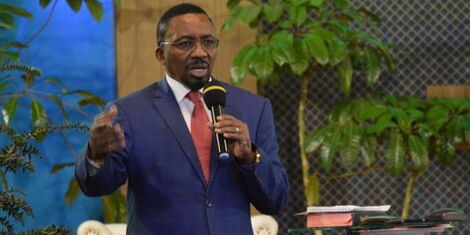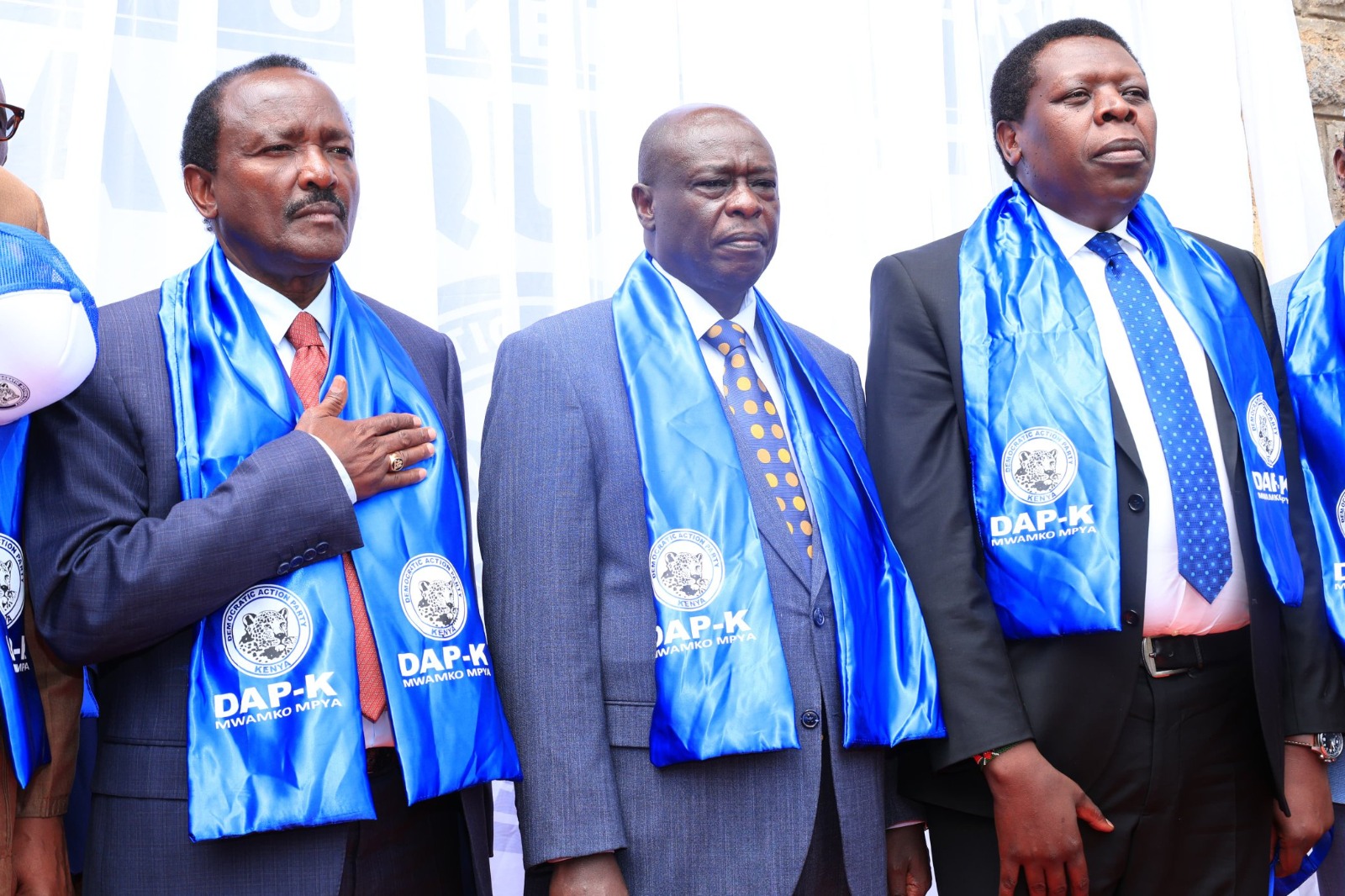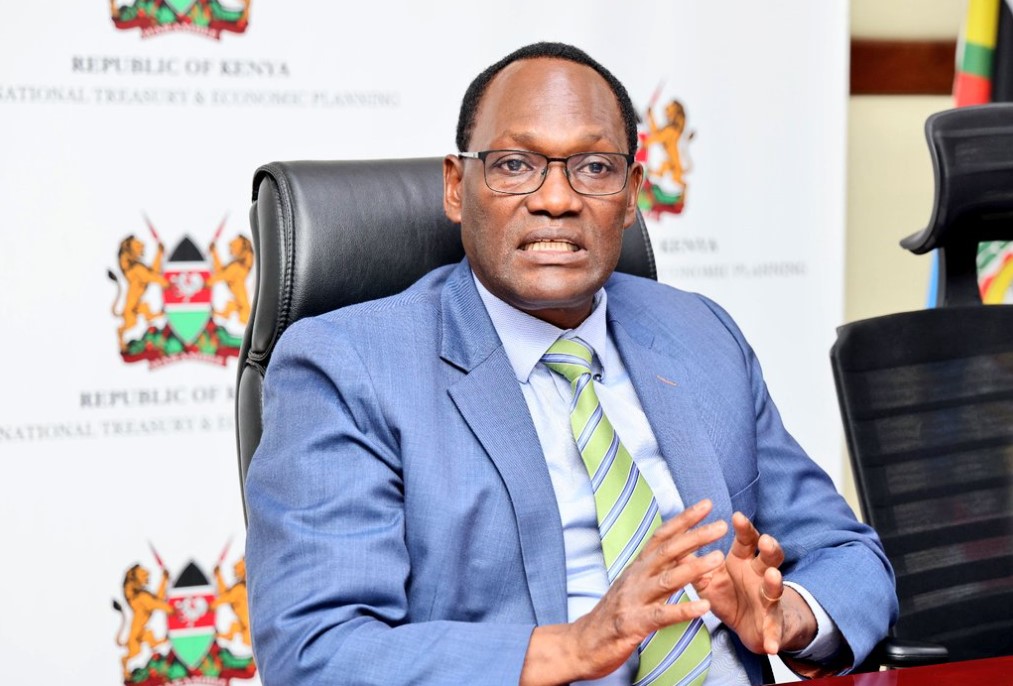
Introduction: The Streets Are Loud — But Who’s Whispering Behind Them?
Since the Gen Z protests erupted across Kenya in mid-2024, many have asked the same question: How did it all escalate so quickly?
The answer may not lie in the tweets, TikToks, or even the police barricades — but in a loosely connected, highly coordinated shadow network pulling the strings from both sides of the conflict.
What if some of the most viral youth influencers were unknowingly part of a political chessboard?
What if some were funded — not to liberate the youth — but to exhaust them before 2027?

A New Breed of Influence: Not Just Online, But Embedded
Investigations by Wamuzi Media have uncovered links between several “grassroots” digital movements and private consultancies connected to past campaign machines.
Bank transfers from a Nairobi-based digital marketing firm (name withheld for safety) reveal monthly payments ranging from KSh 45,000 to KSh 220,000 to more than 18 micro-influencers in April alone — all of whom posted near-identical language during the #OccupyParliament trend.
The firm’s founders previously worked on the 2022 presidential campaign’s digital strategy and now run an outfit branded as “youth empowerment and online training.”
One internal email, leaked to us by a whistleblower, read:
“Push narratives of disappointment, not rage. Encourage passive disruption, not long-term action. Normalize hopelessness. The goal is to vent, not vote.”
The Double Play: Political Hands on Both Sides
Shockingly, evidence suggests that two rival political factions are playing a long game — not to stop youth movements, but to shape them.
❝ Side A: Manufacturing Outrage
One group appears to be fueling the protests, offering behind-the-scenes logistical support (t-shirts, airtime bundles, venue coordination) to intensify chaos. Why? The more radicalized the youth, the easier it becomes to paint them as extremists — discrediting the movement.
❝ Side B: Steering the Silence
Another camp, equally influential, funds youth “activist” platforms that divert attention — pushing content on healing, business tips, “mental wellness,” and apolitical memes during peak protest periods. Their goal? Create distraction fatigue.
It’s a psychological war: outrage vs. apathy — both engineered.
The Missing Millions: Where Do the Funds Come From?
While the movements on the ground remain largely volunteer-led, several funding trails lead to international NGOs, embassy programs, and suspiciously fast-growing fintech platforms that now double as event sponsors.
One such NGO, headquartered in Westlands, is registered as a “Climate & Democracy fund,” but 90% of its disbursements in 2024 went to digital campaigners and online policy influencers. The NGO’s website was created in February 2024 and has no public staff directory.
Behind the Mask: Confessions of a Paid Protest Influencer
We spoke to Jay (not their real name), a 23-year-old influencer who was part of the Gen Z protests’ online wave.
“At first, I was passionate. I posted daily. But then someone DMed me — offered me 15k for one post. Said it was from a youth agency,” they said.
“It felt harmless. Until they asked me to ‘shift the narrative’ — say that the protests were too violent, and we should take a break.”
Jay now regrets it.
“I realized I wasn’t speaking for the people anymore. I was repeating a script.”
Conclusion: The Protest Was Real — But So Was the Playbook
The outrage is genuine. The pain is real. The lives lost, the hopes betrayed — all of it matters. But somewhere in the fog of hashtags and tear gas, there are hands guiding the confusion, voices scripting dissent, and funds quietly controlling the noise.
Kenya’s youth must now ask:
- Who is funding my activism?
- Who is benefiting from my exhaustion?
- Is my anger mine — or borrowed?
Until the masks fall, the protests may continue — but the revolution could already be compromised.








